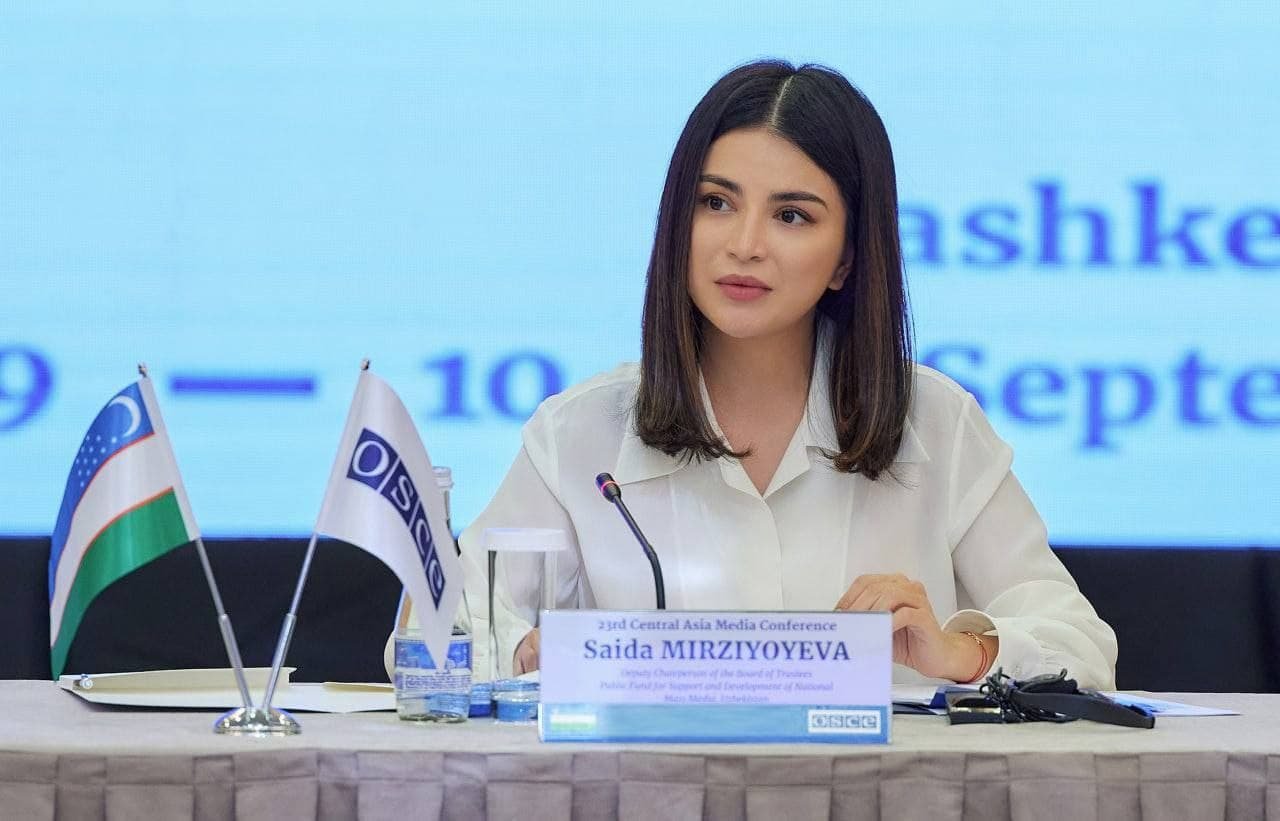Creating a well-organized press conference agenda is key to ensuring your event runs smoothly and achieves its objectives. A clear agenda sets the tone, helps speakers stay on track, and ensures that the audience is engaged throughout. In this article, we’ll walk through the essential steps on how to create an effective press conference agenda.

Start with a Clear Purpose
Define the Main Objective
The first step in creating a press conference agenda is defining its main purpose. Are you making an important announcement, launching a new product, or addressing a crisis? Having a clear objective will guide the rest of your agenda and ensure the event stays focused. Write a brief statement at the top of the agenda summarizing the purpose of the press conference.
Identify Key Messages
Once the objective is defined, pinpoint the key messages you want to convey. Limit your messages to three or four points to avoid overwhelming your audience. This clarity ensures that your agenda remains concise and focused, preventing the press conference from running longer than necessary.
Structure the Agenda Effectively
Set a Realistic Timeframe
One of the best ways to ensure a successful press conference is by respecting time. Depending on the nature of the event, aim to keep the press conference between 30 minutes to an hour. Break down the agenda into segments with a clear timeline for each portion of the event. For example, allocate 5-10 minutes for the opening, 20 minutes for key speeches or presentations, and 10-15 minutes for the Q&A session.
Include Time for Introductions
The agenda should start with an introduction to set the stage. This segment can include welcoming attendees, introducing the speakers, and briefly outlining the purpose of the conference. Allow 5-10 minutes for this portion, ensuring it’s not too long but enough to give context.
Break Down the Main Event
Focus on Speaker Presentations
The core of the press conference will typically involve presentations from key speakers. This section should take up the bulk of the agenda, so allocate around 15-20 minutes for it. Ensure the order of speakers is logical and contributes to the overall narrative of the event. Additionally, provide each speaker with a specific time slot to keep everything on track.
Time for Visual or Media Presentations
If the press conference involves showing a video or presenting slides, be sure to include this in the agenda as well. Allocate a few minutes for media presentations and ensure the technical aspects are tested before the event begins. This not only keeps the flow smooth but also gives the audience a chance to fully absorb the message.
Plan for Q&A Sessions
Allocate Time for Audience Questions
An essential part of any press conference agenda is the Q&A session, as it provides the media an opportunity to clarify key points. Dedicate at least 10-15 minutes to this portion, and make sure to manage it tightly. Have a moderator in place to direct questions, maintain control, and ensure all important topics are addressed.
Have a Contingency Plan
While it’s important to answer questions from the press, always be prepared for unexpected issues or tough questions. Include a brief closing statement on the agenda to signal the end of the Q&A session, ensuring the event ends on a positive note. If needed, offer to address additional questions through other channels, such as email or follow-up meetings.
Finalizing and Distributing the Agenda
Share the Agenda in Advance
To ensure all attendees are well-prepared, send the press conference agenda to speakers and the media at least a few days in advance. This gives everyone time to familiarize themselves with the schedule and prepares them for their role in the event. Make sure the agenda includes the date, time, location, and contact details for the press conference.
Be Ready to Adjust
Even with a well-planned agenda, flexibility is key. Be prepared to adjust the schedule if necessary, such as allowing more time for certain discussions or cutting others short. A successful press conference relies on staying organized while being adaptable to the flow of the event.
Conclusion
Creating an effective press conference agenda ensures that your event runs smoothly, your key messages are conveyed, and your audience stays engaged. By focusing on clear objectives, setting a realistic timeframe, and planning for each segment, you’ll be able to structure an agenda that enhances the overall experience. With these strategies, you can confidently host a press conference that meets your goals and leaves a lasting impact.

